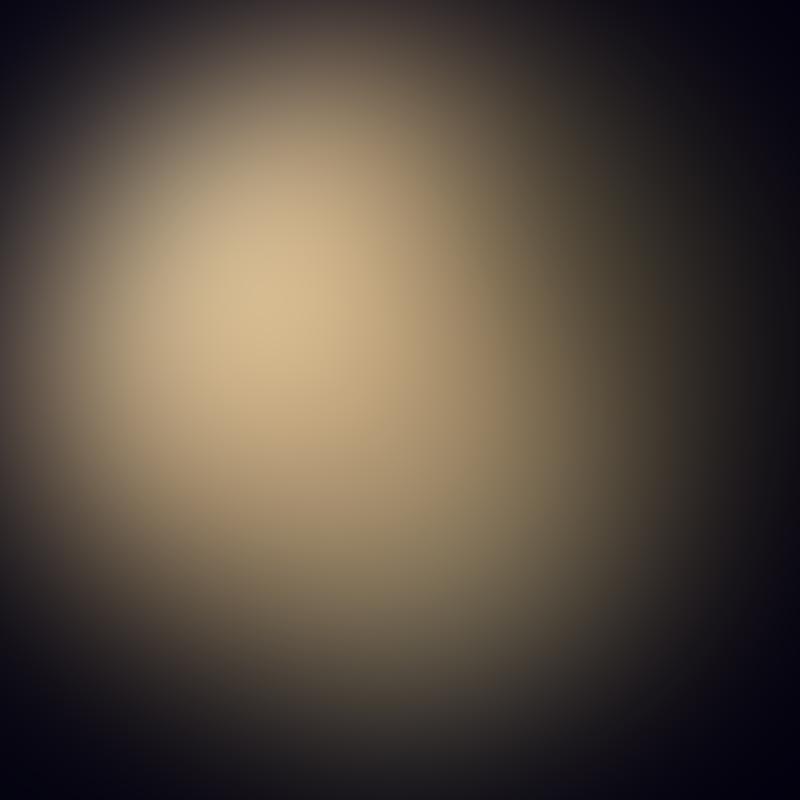“ExoElectronic Light Emissions“
February 19, 2012
The Earth’s upper mantle includes radioactive components, particularly uranium, which decompose in spontaneous nuclear fission over time, producing radon gas. Radon tends to seep from the Earth’s surface in many places, and because it is very heavy (dense) it tends to pool up in low lying canyons and stream beds. Radon is dangerous because it has no color nor odor, so its presence sometimes is undetected, and chronic breathing of radioactive radon can cause lung cancer.
The Moon and the Earth formed from the same source material in the gas and dust cloud that formed today’s solar system, so their basic components are similar. Thus it is likely that the moon also seeps radon gas, and even though the moon has no atmosphere and its gravity is not as strong as the Earth’s, radon may collect on the moon’s surface as well, similar to its behavior on Earth.
Unlike the Earth, the moon has no intrinsic magnetic field, and so if the moon has any magnetosphere at all, it cannot in general shield the moon’s surface from exposure to the solar wind, the high-speed stream of charged particles blown outward from our sun’s surface.
The density and intensity of the solar wind varies both randomly and with the Sun’s 11-year energy production cycle. The Earth’s magnetosphere is compressed on the sun side by solar wind pressure, and deformed into an elongated tear drop shape.

Crater Aristarchus (shown close-up at top) seen glowing on the night side
of the Moon as seen from Outer Space. Note bright spot seen upper right.
The diameter of the Moon’s orbit around the Earth is such that on each lunar cycle, the moon first enters into the Earth’s magnetosphere around first quarter phase, and then leaves the Earth’s magnetosphere around third quarter phase. The moon is entirely outside the Earth’s magnetosphere at new moon, and it is entirely inside the magnetosphere at full moon.
While the moon is outside the Earth’s magnetosphere, it is not protected at all from solar wind, but while it is within the magnetosphere it is mostly shielded from the solar wind, as is the Earth.
The magnetopause is the outer boundary of the Earth’s magnetosphere. The strongest, and most turbulent, solar wind would strike the moon’s surface as it passes through the magnetopause, twice on each cycle.
Some of the solar wind does penetrate the Earth’s magnetosphere. When the solar wind is particularly strong, the penetrating solar wind travels along the Earth’s magnetic field lines and is directed downward toward the Earth’s surface at each of the Earth’s magnetic poles. Since the solar wind particles are electrically charged, they interact with the rarified atmospheric gasses at high altitude and produce exoelectronic light emissions, which we observe as the familiar aurora.

If radon (or other gasses) collect on the moon’s surface, they would disperse and become rarified, even if they do not escape the moon’s gravity.
If these were to be struck by the solar wind, they would generate the same exoelectronic light emissions as the solar wind produces as Earth’s aurora. I suspect this to be the source of Transient Lunar Phenomena. Impact from the solar wind would further disperse any radon gas pooling on the moon’s surface, and would certainly drive them off the moon’s surface fairly quickly.
However, during that process there would be visible light as the charged particles collide with the radon atoms.
If this analysis is correct, some correlation between observations of Transient Lunar Phenomena and Moon phase would be expected, since Moon phase refers to the location of the Moon with respect to the Earth’s magnetosphere. Furthermore, the Transient Lunar Phenomena would be expected to appear most often in the vicinity of the sunlight terminator on the moon’s surface near first and third quarter.
It is possible, however, that some Transient Lunar Phenomena could appear on the unlighted surface of the moon’s surface, particularly as the moon crosses the magnetopause, due to turbulence in the solar wind at those positions.
Editor’s Note:
Learn more about Transient Lunar Phenomena…
Click the links below:
Len Stuart’s TLP:
www.thelivingmoon.com/43ancients/02files/Transient_Lunar_Stuart.html
Lunar Swirls:
www,wired.com/wiredscience/2011/09/lunar-swirl-mystery-conference/
